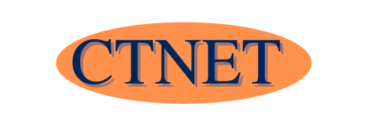Today I wanted to review Tiago Forte’s second brain, which I have recently read. As I’m writing for a technology blog, I often write from a technical perspective on how to use the application. But in reality, to make the best use of the Personal Knowledge Management system, you need to use some underlying method to organise your ideas, knowledge and notes, which is why I’m reviewing this book.
That is why in our recent guides on setting up and using Notion as a Personal Knowledge Management system, I based it on the Zettelkasten method, which is an alternative framework to the Tiago Forte PARA framework I could have also used.
Why I chose one over the other is something I will look to discuss in a future article. As with all these things, the choice can be down to personal preferences and your goal.
Tiago Forte’s second brain summary
A book on the second brain, a term Tiago Forte created to describe digital Personal Knowledge Management systems, contains two key concepts.
The first concept is CODE which determines the process of using your second brain.
The second concept is Tiago Forte’s PARA which defines a structure in which all your digital content is stored.
It is a really good book, and I recommend it to anyone interested in creating a second brain.
I would also recommend how to take smart notes by Sonke Ahrens, who comes at the creation of notes from a different perspective. I have included a link to our review.
Let us take a quick look at the two concepts covered by the book which Tiago Forte has created.
What is CODE?
CODE is a four-step method developed to manage the process of using a second brain and comprises the following four steps.
- The capturing of information, knowledge and facts
- Organising your notes
- Distil (extracting the essential)
- Expressing and using the ideas and knowledge extracted from your notes
I think this method is a good way of visualising the life cycle of the notes contained within your second brain. Tiago says in the book that you Express to get feedback, which gets fed into your second brain. I have found that expressing my thoughts on this book has made me update the notes this section was based on due to my rephrasing of what I had written, which has benefited my helping to process my understanding of the idea even further, showing me the importance of expressing your ideas.
What is PARA?
Tiago Forte devised the PARA system as a way to organise not just notes but all your digital resources, including files.
The PARA structure is
- Projects (The projects you are currently working on)
- Area (Your current areas of interest)
- Resources
- Archive (Projects, Areas and Resources that you no longer need, just in case they become useful again)
The PARA system should be in constant flux as your notes move from one part of the system as it reacts to what is happening in your life.
Conclusion
I enjoyed the book; it gave me a lot to think about and challenged some of my ideas about my own second brain.
I would recommend the book to anyone who already uses a second brain or to someone who takes notes and what to make it a better experience.
If you are starting your journey towards a second brain, you might be interested in our guide to student note-taking applications. It was written for students, but I still think it is a valuable resource for anyone looking for a second brain application.
Last updated 21/09/2024.
